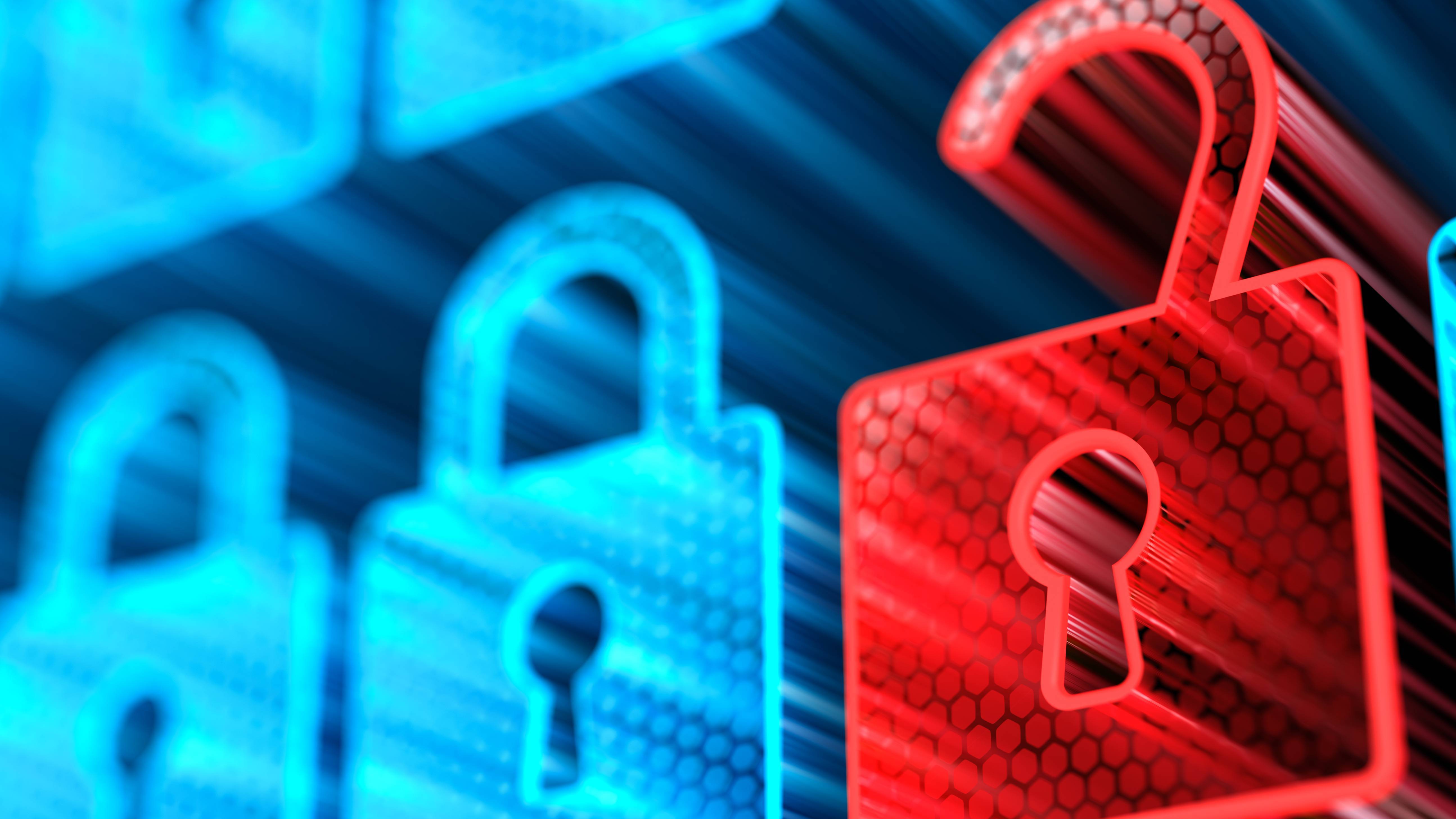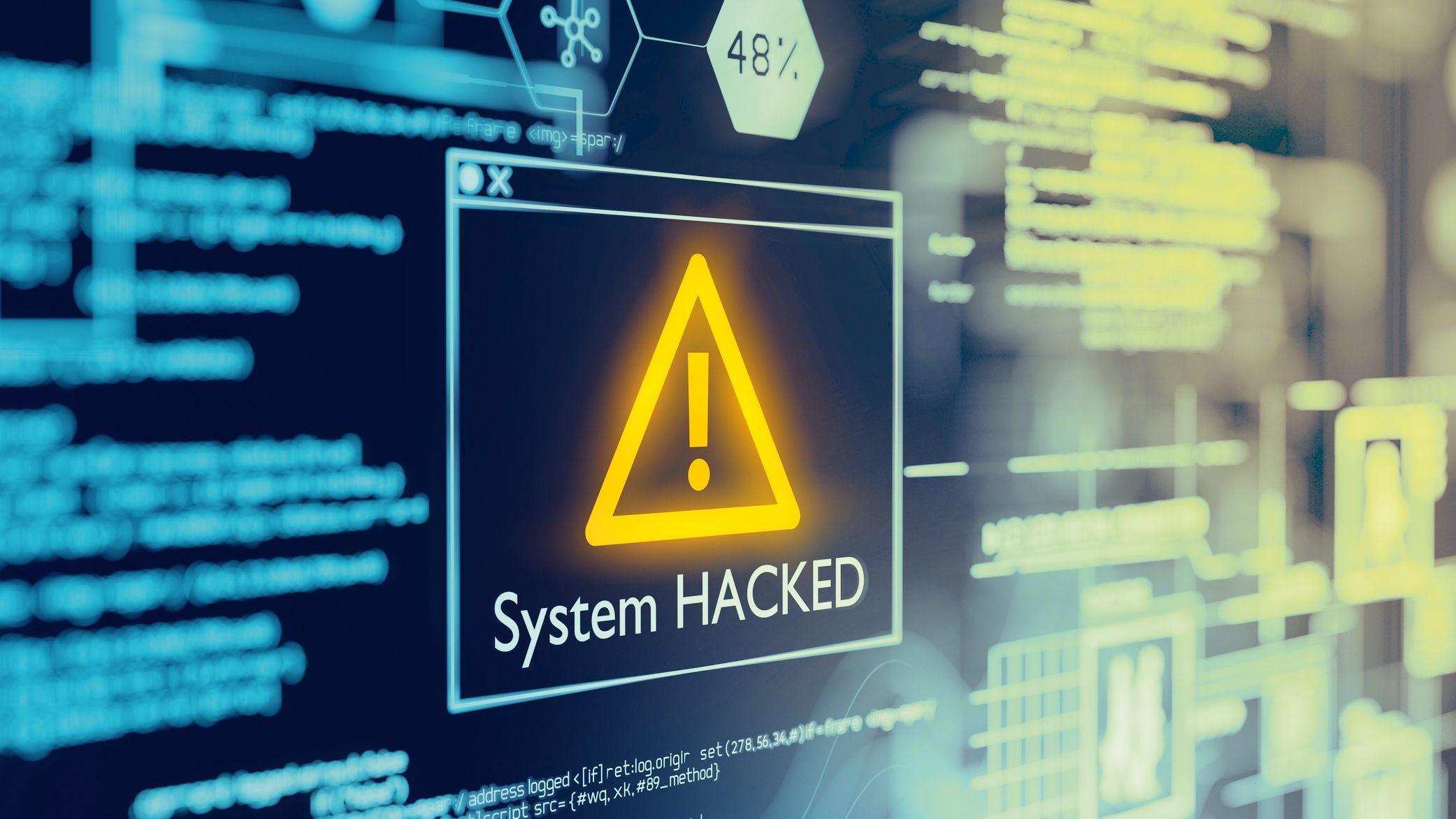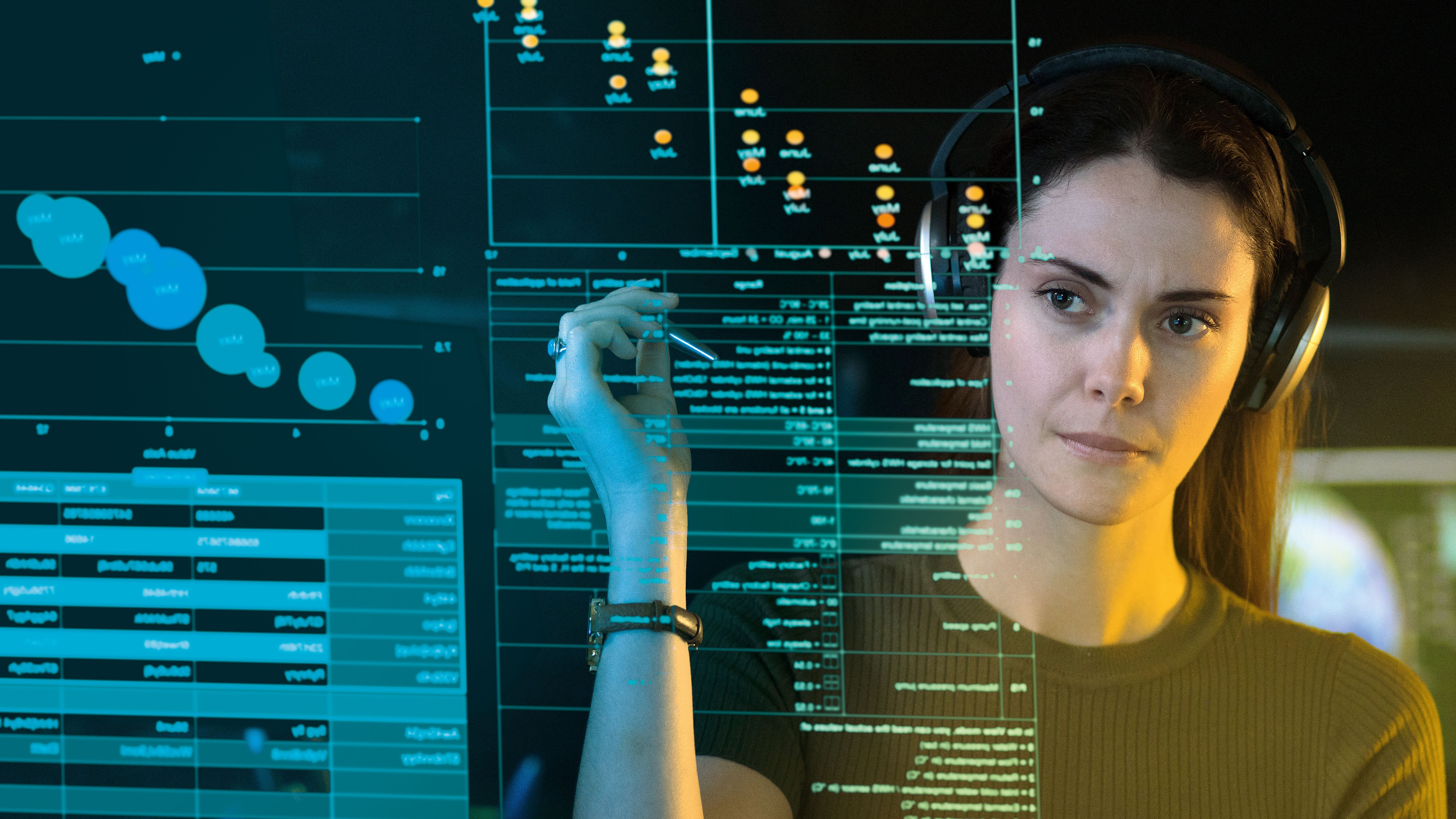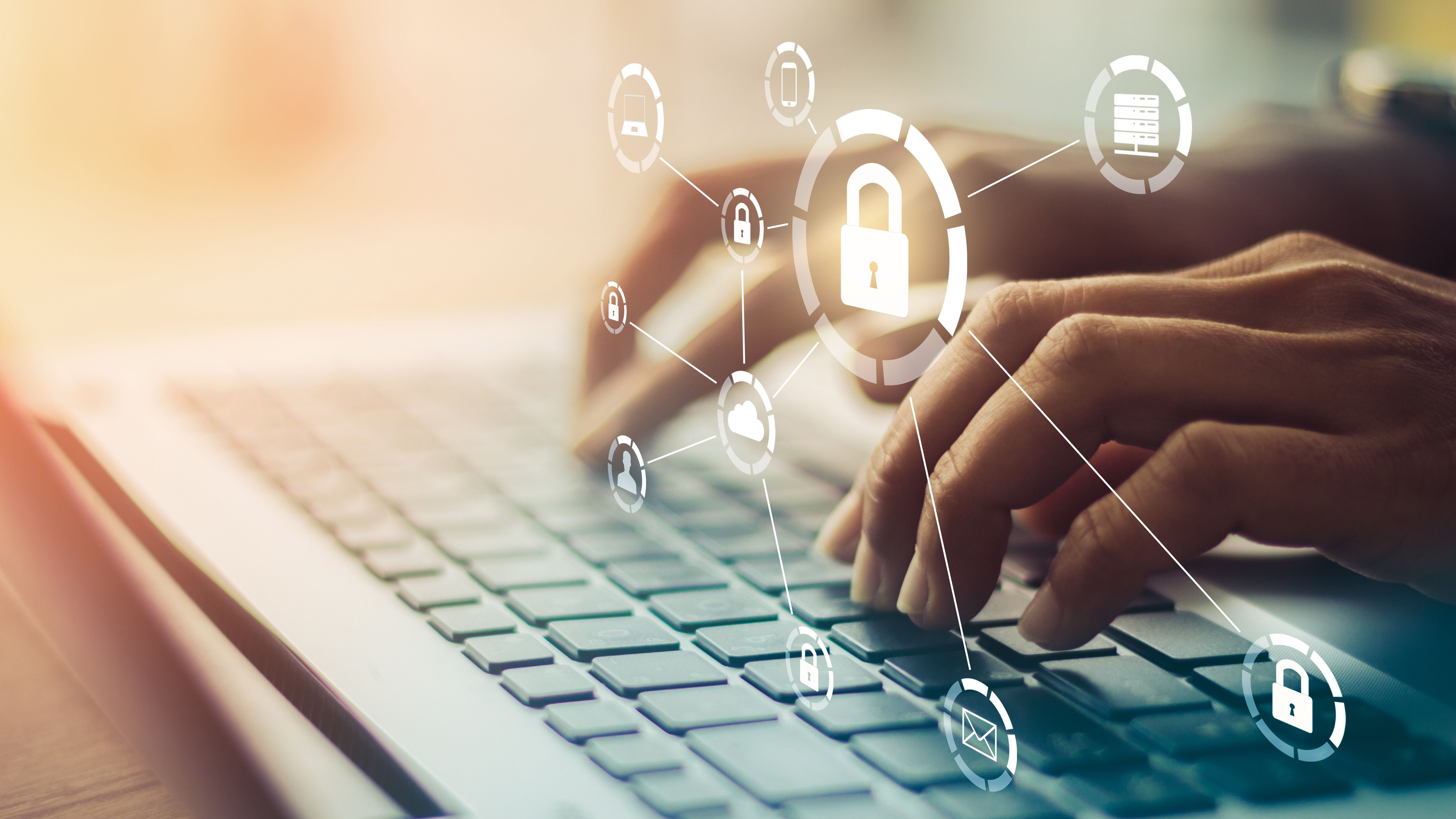
Cyberattacks affect us all
We are all familiar with headlines about successful cyberattacks, ransomware, data theft and new forms of attack. Did you know that in 2021, more than a third of companies with 4-49 employees in Switzerland have experienced a successful cyber attack? We now know that the number of unreported cases is much higher. This is proven by the study "Auswirkungen der Corona-Krise auf die Digitalisierung und Cybersicherheit in Schweizer KMU" conducted by gfs-zürich. So it is by no means only large companies that are affected by cyberattacks, because data-driven digitization and people basically provide hackers with sufficient attack surfaces.
A company's data is its most important asset, and thus extremely desirable for criminal activities.
But what do hackers aim to achieve with an attack? The spectrum is wide: from data encryption and data and information theft for blackmail or resale on the darknet, to image damage and financial losses in the event of a website or online store downfall, to the misuse of access data for online banking and e-mail accounts.
The consequences are fatal: from image damage to high financial claims or the complete inability of the company to act, cyberattacks cause great damage.
| Would you like to learn more about our 360o cyber protection? We will be happy to advise you: +41 56 460 23 80 |
From Ransomware to Phishing to DDoS
Let's take a look at some of the common forms of attacks:
- Malware such as ransomware, virus/worm/Trojan or spyware
- Social Engineering based on phishing and smishing/vishing
- DDoS
Malware
The malicious software aims to gain unauthorized access to a computer, mobile devices and laptops and perform unwanted actions and cause damage. This, among other things, with the aim of espionage, stealing money or information.
- Ransomware
With an encryption Trojan, hackers often penetrate companies' networks via email attachments or poorly protected systems. In the process, either basic computer functions are blocked (locker ransomware) or they are not affected, but the data is encrypted (crypto-ransomware). The company only regains access after paying a ransom, but this is no guarantee that the data or the system will be restored. There is also a trend for hackers to download copies of the information in advance and then threaten to publish it on criminal marketplaces ("doxing"). After a ransomware attack, a company is down for an average of two to three weeks. Reputational damage is particularly great here, as customer data is affected. The company becomes unable to act and the financial losses are great. A ransomware incident can endanger the existence of a company. - Virus, Worm, Trojan
Viruses are usually linked to a program or file. Once this has been started or opened by the user, the virus makes uncontrollable changes to hardware, files, software or the operating system. The worm, on the other hand, does not need any action from a user, as it uses the system's file and transmission function, allowing it to replicate itself unhindered in the system and send countless copies. A Trojan is a malicious program that disguises itself as a real application and then grants attackers access through a backdoor. - Spyware
By opening malicious email attachments and links (see Phishing and Smishing), spyware infects the device unnoticed and spies on the user. Often, spyware is also bundled with actually legitimate software. The recorded activities are then forwarded to unknown third parties. Particularly popular are credit card information, passwords and user names, such as login information for banks, as well as the user's online activities in general. The spyware can also display unwanted advertisements or even download malicious programs and install them on the computer.
| Are you looking for reliable protection including backup for your data? Get to know our Cyber Protect Cloud. |
Social Engineering
In social engineering, the focus is on people. The goal of the fraudsters is to motivate the victims to take action and thus obtain confidential information, disable security functions, or trigger a payment. To do this, they try to gain the victims' trust by faking false information and exploit their willingness to help and good faith. They also use links, malware downloads and other malicious sources.
- Phishing
Phishing is a combination of "password" and "fishing" and is also a common form of cyberattack. Of interest in this type of theft are personal access data, which are then misused by the hackers. The criminals send e-mails with deceptively genuine senders that encourage users to click on links to a fake website, open infected attachments or fill out fake forms. This can even go as far as requesting money transfers to supposedly legitimate recipients, which then end up with the attacker. - Smishing & Vishing
Smishing is based on the same ambitions and tricks as phishing. However, text messages (SMS, messenger services) are used instead of e-mails to reach the target. In voice phishing, on the other hand, the fraudsters approach the target persons via one or more telephone calls. AI and Deep Fake support them in the artificial imitation of the voice.
DDoS
A DDoS attack (Distributed Denial of Service) is not aimed at stealing data but at the availability of Internet services. In this case, the server is bombarded with so many requests that the website or entire networks are overloaded. Under this load, it can collapse, making the website inaccessible or slowing down the performance a lot. If an online store is affected by a DDoS attack, the decrease or loss of orders is directly noticeable for the company. At the same time, damage to the company's image cannot be ruled out. Depending on the extent of this type of attack, the existence of a company can also be at risk. You can fend off these attacks with effective network protection.
Holistic security solutions relieve
Companies of all sizes are attractive to hackers and should pay appropriate attention to protecting their data. The market is too attractive for hackers and at the same time they are extremely creative, so companies and their employees must always be very attentive and react quickly to new forms and manifestations. This is because human activity is involved in over 90 percent of all successful attacks. This, together with the complexity of IT security, presents IT managers with major challenges. Holistic security solutions from a single source, which also take backup into account, are becoming more important than ever.
Are you interested in our solutions to protect your data, network and systems? |
Interesting security solutions for you

Cyber Protect Cloud for SMEs
The combined backup and cybersecurity solution provides comprehensive protection for your company data.

Network protection from DDoS attacks
Protect your network from DDoS attacks around the clock and ensure its availability.

Backup for Private
The Cyber Protect solution for home, so that your data is protected against loss.
